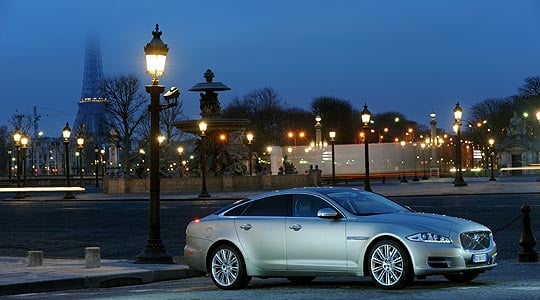
Does it look like a Jaguar? Here lies the nub of the new XJ's being. Opinions so far have been divided on the fastback saloon's aesthetic credentials. The instigator of those opinions is Jaguar design director Ian Callum, who knows the new car is controversial. It's a deliberate ploy.
“You have to exaggerate a design idea 10 or 20 per cent beyond the comfort zone,” he says, “otherwise it soon becomes too ‘safe’. It will take people a while to come to terms with it, but that's a good thing. What we had to do was understand the values that made the original XJ great but not copy them. Jaguars should be modern cars.”
Clear your head of prejudices and look at the new XJ again. You can find old-Jaguar references if you must – fluted bonnet lines, slim pillars (a trick of the eye nowadays, not reality), an early-XJ-like front grille – but the overall design is like no Jaguar we've ever seen before. Not even the recent XF, although there lies the closest link.
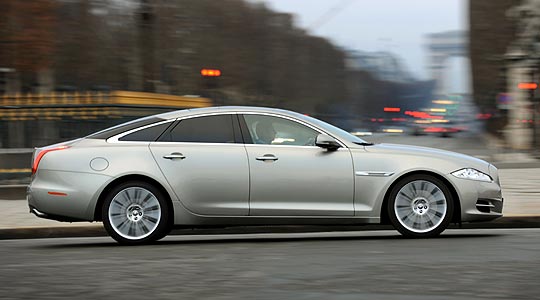
The hardest part to accept is the design of the rear lights, which wrap over the tops of the rear wings and contain lighting elements resembling the tracks of a scratch by a cat's claws. These lights and the simple, blank-canvas space they bracket are Ian Callum's favourite part. Comfort-zone abuse again.
The side view is dramatic by anyone's reckoning, with wheel arches hugging the hefty wheels, that sloping roof and the blacked-in rear pillars which give the effect of a roof cantilevered at the front pillars. This is a car which truly looks like nothing else. It seems too busy if seen at close quarters under artificial light, but encounter it outside, preferably in a dark colour and moving, and drama unfolds.
You can tell it works by the number of people who turn and look, stop and point. I discover this during a ride through night-lit Paris in the back of a black, long-wheelbase version, my identity (as if anyone cared) concealed behind smoked glass. It must have been a menacing sight. Pity those anonymous souls in their obvious Benzes and BMWs, for the XJ has just ousted the Maserati Quattroporte as the coolest way to cut a dash while still sitting in a saloon.
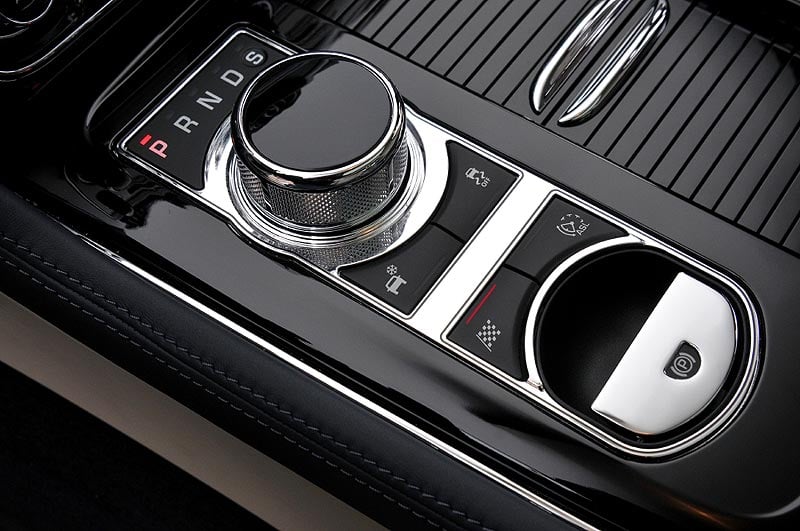
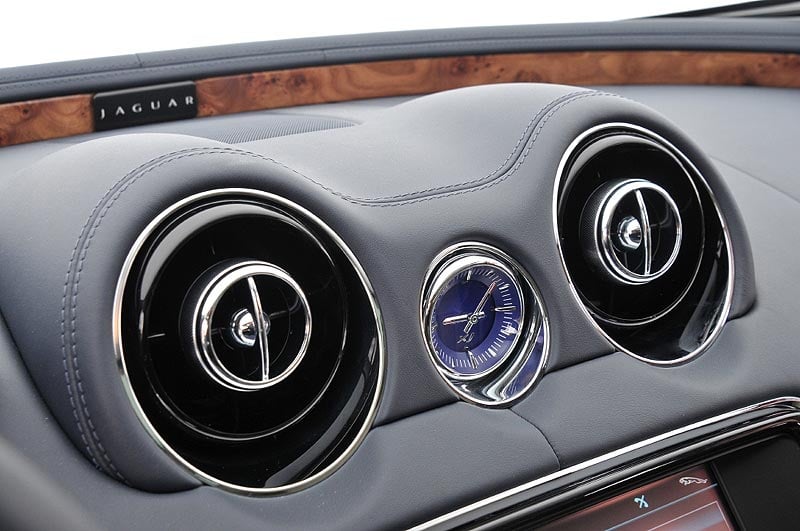
Inside, it's just as dramatic as outside, and again it's like nothing else. Today's Jaguar design ethos demands that no surface pretends to be something it is not. If it looks like leather, it came from a cow. If it's made of wood, then the wood is part of the structure and not mere embellishment. There is an ample wood-acreage here, or it can be carbonfibre or piano-black if you prefer (just lose yourself in the optional trim combinations for an hour or so). It sweeps from a slender bow-wave below the windscreen, ahead of the low-set dashboard, to broaden out into the doors in one great swathe of cabinet-maker's art.
Even the air vents bring a sense of occasion, big round constructions with knurled, chromium-plated control wheels in their centres. The Bowers & Wilkins stereo is magnificent, all transient clarity with tight, discreet bass and a pin-sharp sound stage; the sound engineers had 54,000 sound-equalisation parameters to tune when tailoring the system to the XJ and yes, the long-wheelbase one is tuned differently from its shorter sibling to take account of the different cabin volume and shape.
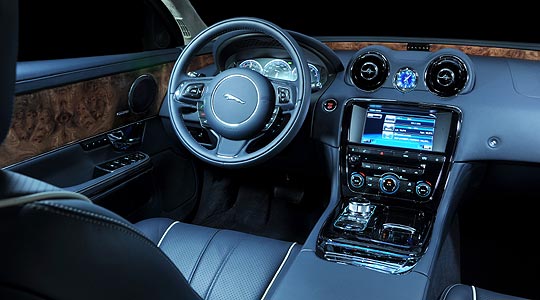
Then there are the instruments. They look like normal dials but they are high-resolution facsimiles on a TFT screen, the figures nearest the needles more brightly illuminated and a red mist creeping round the edges when Sport mode is selected. More cleverness lurks within the central screen, a repository for the usual luxury-car information or a sat-nav screen to choice – except that it can also, simultaneously, be a DVD video screen seen only by the front passenger. This is made possible by two layers of pixels, each optimised for a different viewing direction.
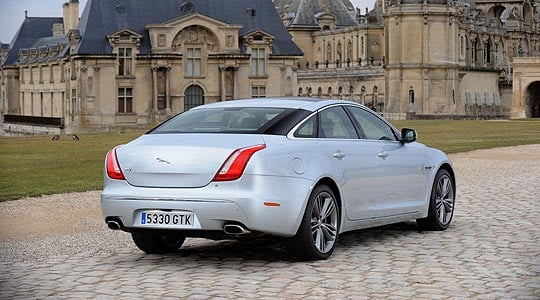
Fine. So what lies beneath? An aluminium structure, derived from the previous XJs but incorporating more high-strength aluminium and deleting the few instances of seam welding. There are 2800 self-piercing rivets and 90 metres of epoxy to help hold it all together, and the result is a car of similar weight to the (steel) XF despite the larger size. It's a proper unibody rather than the so-called, incorrectly named spaceframe used by Audi, and Jaguar makes the interesting point that if all the aluminium drinks cans buried in Europe's landfill each year were recycled, they would be enough to make all of Europe's aluminium cars.
The suspension is broadly as before, bar a wider track and continuous variability for the Bilstein adaptive dampers, while the engines mirror those of the XF: a 3.0-litre, V6 diesel with twin sequential turbos and 275bhp, a 5.0-litre, 385bhp V8 with direct injection, and a supercharged version of that with 510bhp for the top Supersport model. All have six-speed ZF automatics with paddle-shifters.
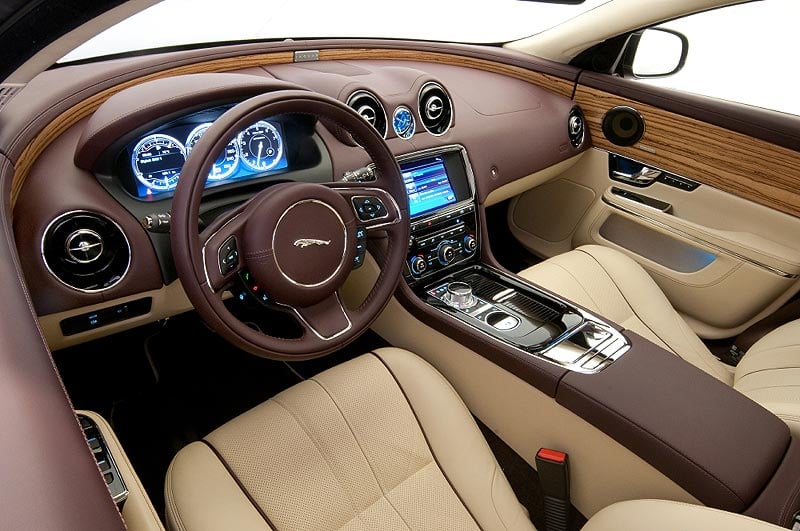
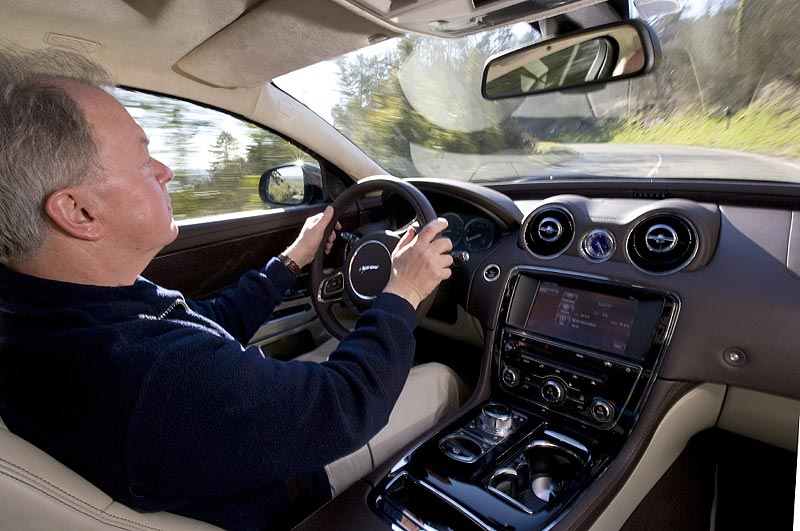
I've kept the best bit till last. The idea of a Jaguar, we are told, is to be refined in its driving but for the promise of performance always to be lurking. This second part is more obvious nowadays, being a key part of the Jaguar line-up's reinvention, and some might feel the XJ has lost some of its predecessors' magical suppleness. In the back, you're more aware of broken road surfaces than before, but the trade-off is that float, wallow and after-bump oscillations have been utterly banished.
Not that the XJ is firm. It still 'breathes' as a Jaguar should, but this is almost miraculously combined with poise, precision and alertness hard to equate with such a large car. A big BMW or Benz feels capable but aloof, but the XJ is focused, agile and in denial of its mass. To the driver it feels like a smaller car, one with remarkably natural steering feel and confident, progressive braking. A new dynamic standard is set here, in both wheelbase lengths.
And the engines are magnificent. We knew that already, but this latest turbodiesel with its 443lb ft of torque is extraordinary for the effortless and quiet way it hurls the hefty XJ along the road. You can egg it on with the transmission's excellent manual mode, but it's not really that sort of engine.
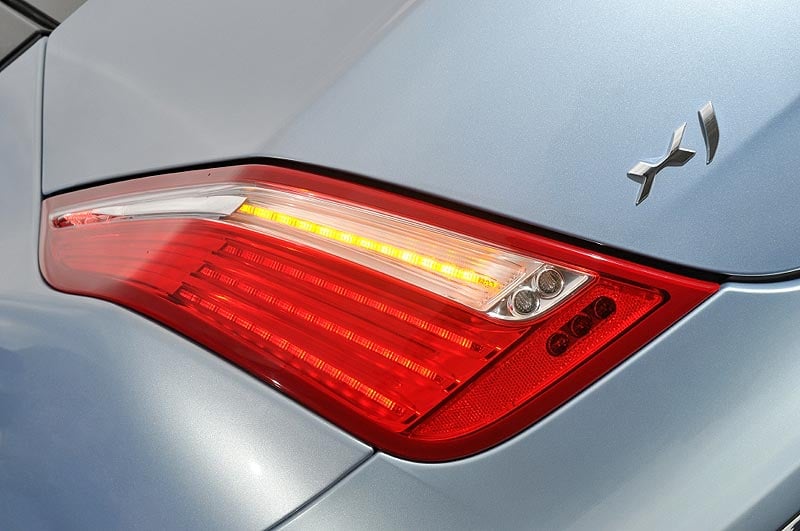
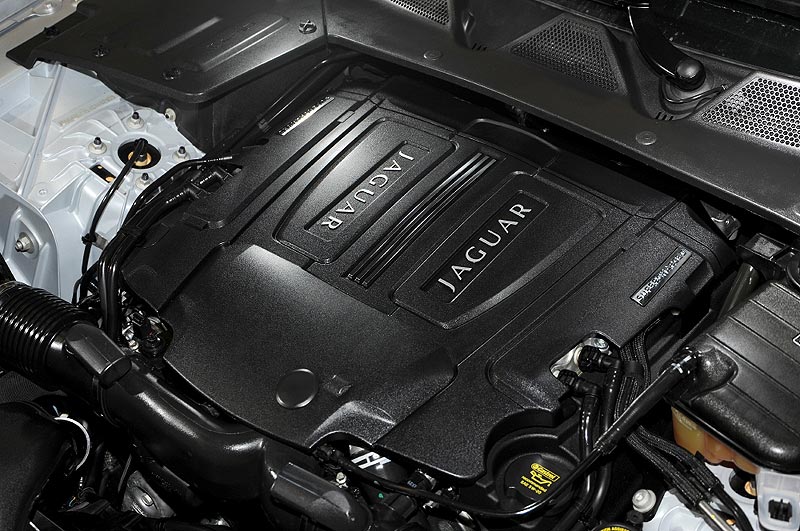
The greatest joy, though, is to be had from the Supersport with its broader wheels, tailored chassis settings and that epic supercharged V8. It burbles gently when ambling, then emits a deep, potent throb when roused, accompanied by a wall of overtaking torque. This is a properly quick car, able to reach 62mph in 4.9 seconds (torque is 461lb ft), and with such potency you can really enjoy manual paddle-shifts and the XJ's superb chassis. Pressing the chequered-flag button loosens the stability control and firms the dampers, but unlike an XFR's the ride never degenerates into choppiness.
I could go on about the balance, the feeling of confidence, the quietness, the quality, the pleasure of being in something very luxuriously British, but I'd better stop. I'll just say that prices range from £53,775 to £90,455; spend that, and you could have the most engaging luxury saloon on sale today.
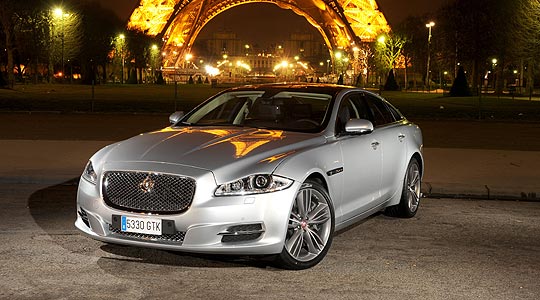
Text: John Simister
Photos: Jaguar
ClassicInside - The Classic Driver Newsletter
Free Subscription!











